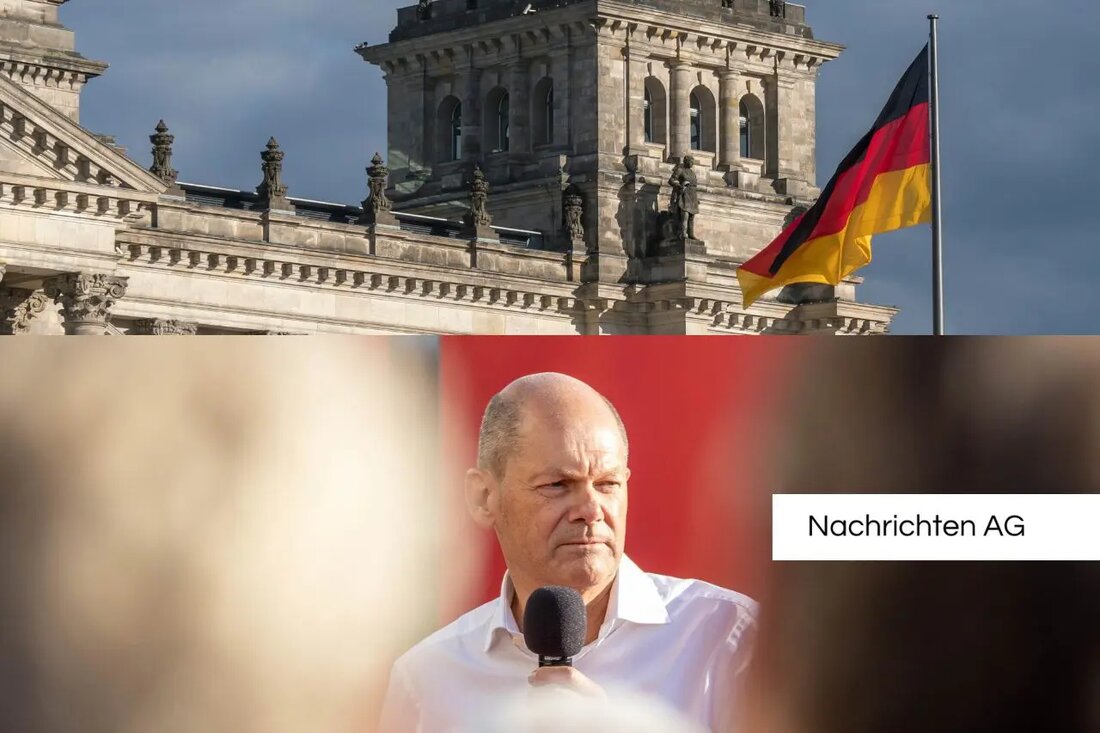Revolution in a driver's license: new reforms for learner and teachers!
Revolution in a driver's license: new reforms for learner and teachers!
The CDU/CSU and SPD have announced a comprehensive reform of driving training in the coalition agreement. The aim is to make the acquisition of driver's license more affordable without endangering the high quality standards. The reform is urgently needed because the costs for driving training have increased significantly in recent years. According to the ADAC, the prices for a car driver's license amount to 2,500 to 4,400 euros. The Federal Association of Driving instructor associations assumes between 2,800 and 3,500 euros, whereby an increase in prices is expected.
A central problem of driving schools is the high personnel costs. 36% of net sales flow into personnel expenses that have risen by 50% since 2018. In addition, over 11,000 driving instructors are missing nationwide, with 37% of the driving instructors over 60 years old. This situation has led to an alarming diarrhea rate during the exams. In 2024, 45% of learner drivers failed due to the theoretical test and 37% due to the practical exam. The 18- to 24-year-olds are particularly affected, more than half of whom does not exist.
reform proposals and their challenges
In order to address the problems described by the reform, the "optimized driving school training 2" (OFSA 2) is proposed. This provides for a stronger integration of theory and practice as well as learning psychological knowledge. The measures include learning status controls, a revision of the 1,200 questions of the theoretical examination and the use of driving simulators to enable more effective training. Driving simulators in particular could help to practice critical situations in road traffic.
However, these innovations are not undisputed among all driving instructors. Maik Braunsdorf from the Donnersberg district expresses the opinion that the questionnaire should be revised, but sees little change potential. Arno Scholz is skeptical about the use of simulators because the acquisition costs for small companies are high. Heiko Merz explains that the high diarrhea rates in young drivers are often due to stressful situations.
technology as part of the solution
The problems affect not only the theory and practical exams, but also the spread of attempts to deceive. The TÜV report emphasizes that 45% of learner drivers fail in the theory test, which increases the mental burden and the costs for the students. The TÜV association therefore not only calls for optimizations in the acquisition of driving license, but also binding electronic learning status controls. In the Flix driving school in Cologne, for example, learner drivers have to answer at least 70% of the Answers correctly in an app to be approved for the examination.
Another problem is attempts to deceive during the theoretical exams that have increased in recent years. The TÜV reports that 58% of these deceptive acts professionally, often through pass abuse, forgery of documents or the use of technical aids. The association calls for higher punishments to increase the safety in road traffic.
The current reform is considered an opportunity not only to reduce the training costs, but also to improve the quality of driving training. However, the discussions among the driving instructors show that there are challenges and concerns on the way to more effective driving training.
| Details | |
|---|---|
| Quellen | |


Kommentare (0)